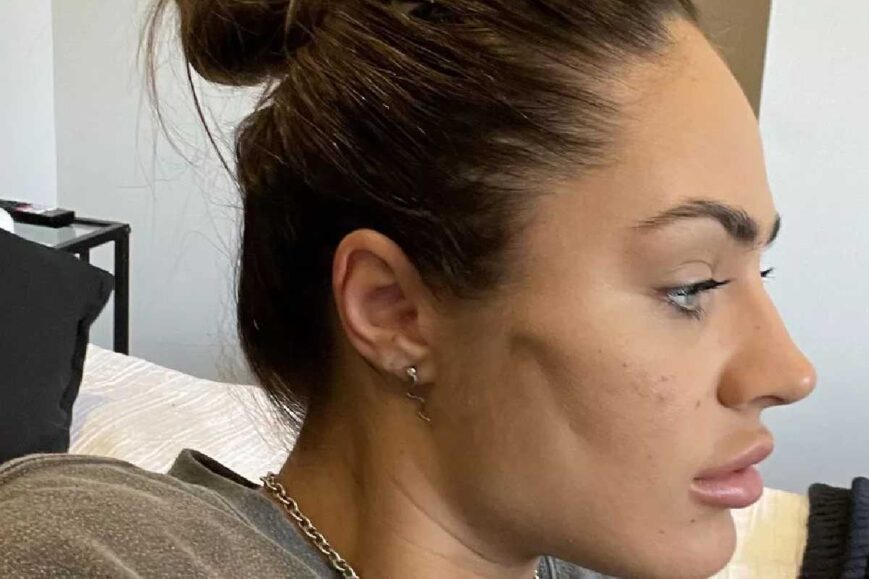Thread Lift Gone Wrong – A thread lift is a non-invasive beautifying procedure intended to tighten loose skin on the face and activate collagen production. The method requires stitching the skin back with momentary stitches that dissolve into the skin.
Thread lift involves certain risks, although it is a less invasive alternative to a facelift. Let’s know about the thread lift procedure and the complications related to it in detail.
The procedure

Thread lift procedure involves the following.
- Anesthetic: To ease pain or discomfort, the surgeon usually uses a local anesthetic to numb the treatment area.
- Incision: They’ll lightly pinhole your skin with needles to prepare it for the procedure.
- Threading: The surgeon will interlace (weave) the threads through the skin and then tighten them until the skin looks smooth and taut. They can use many types of threads. Some manufacturers make the threads from polycaprolactone or polydioxanone and polylactic acid. Due to the anesthetic, you shouldn’t feel anything but mild pressure. It takes about 30 to 45 minutes to complete this step.
- Healing: As your skin heals, you will feel some bruising or swelling on your skin. You can go home after the procedure and resume your daily routine. If needed, you can also drive.
Risks and complications
Experts generally consider a thread lift a low-risk process with a quick recovery time. However, as with any procedure, specific complications are associated with it. Below are certain side effects you will likely experience. They are as follows.
- Swelling
- Bruising
- Pain or Discomfort
- Bleeding
- Sensitivity to sunlight
- Difficulty while opening your mouth or jaw.
These side effects usually persist for a short period. Swelling or bruising may last 1 to 2 weeks as the skin recovers.
Possible complications of a thread lift procedure comprise:
- Allergic reactions, especially to the threading material
- Dimpling where the physician pulled the threads through
- Migration of the threads, triggering the skin to appear lumpy
- Blood pooling behind the threaded area
- Infection at the incision site
- Severe, persisting pain due to the thread placement
People over 50 may have more risk of dimpling and infection; however, anyone can experience these symptoms after a thread lift.
If you experience the following, contact your surgeon immediately
- Severe swelling that remains for more than 48 hours
- Discharge at the treatment site (may be brown, black, greenish, or red)
- Headaches that recur
- Fever
Tips for minimizing risks
You can reduce your risk of complications by following the tips below.
- Always inform your surgeon about the prescription medicine or over-the-counter supplements you take.
- Avoid taking blood thinning medications and nonsteroid anti-inflammatory drugs such as ibuprofen at least a week before the procedure.
- Stop smoking for at least 1 to 2 weeks before the procedure, and also avoid drinking alcohol the night before your procedure.
- Restrict your intake of known inflammatory triggers, such as sugar or caffeine, in the days leading up to the process.
- Your surgeon will guide you on what to do (or avoid) earlier in the procedure to ensure the most effective and safest outcome.
Working with a qualified surgeon is also crucial to minimizing your risk of complications. Be sure the surgeon you select has the following:
- A license and board certification
- An accredited, clean, hygienic facility
- Experience, specifically with thread lifts
- Examples of previous work
Conclusion
A thread lift is a minimally invasive procedure with side effects and potential risks. The procedure involves inserting barbed stitches into the face to pull the skin taut.
Although many people who choose thread lift are pleased with the results, it can lead to some undesired results in rare cases. Work with a trained, experienced surgeon for the best results.


